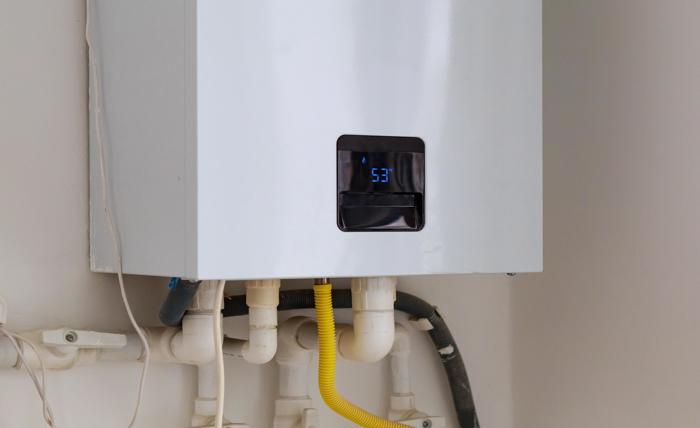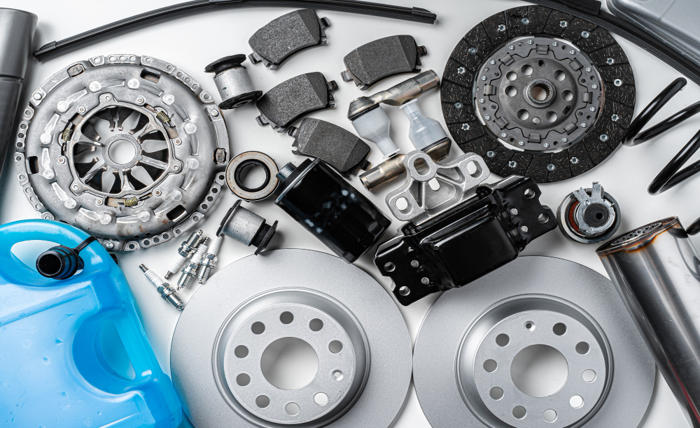If you’ve ever shopped around for a new water heater, you know the sticker shock is real. Many homeowners pause when they see the tankless water heater cost compared to a traditional tank system. At first glance, it’s easy to wonder if the higher upfront investment is really worth it. But here’s the thing – when you step back and look at the long-term savings, tankless systems have a way of paying for themselves. In fact, many people discover they save far more than they expected over time.
So how exactly do these sleek, efficient systems deliver more value than they cost? Let’s break it down.
Energy Efficiency: Stop Heating Water You Don’t Use
Traditional tank heaters keep 40 to 80 gallons of water hot at all times, even when nobody’s using it. That means energy is wasted every hour of every day. Tankless water heaters, on the other hand, only heat water when you turn on the tap. This “on-demand” style means zero standby energy loss and lower monthly utility bills.
Depending on your household size and hot water habits, switching to tankless can save you hundreds of dollars a year on energy costs. Over a 10- to 15-year lifespan, those savings really add up. That initial higher price tag starts to look smaller when you realize the system is practically paying itself off month by month.
Durability: A Longer Lifespan Means Fewer Replacements
Here’s another hidden cost with tank systems – shorter lifespans. Most tank water heaters last around 8 to 12 years before corrosion or leaks set in. Tankless systems, on the other hand, often last 20 years or more with proper maintenance. That means while you’d be replacing a traditional tank once (or even twice) in the same period, your tankless system is still running strong.
Think about it: fewer replacements equal less money spent on new equipment and installation. Plus, fewer water leaks and breakdowns mean you avoid costly damage repairs inside your home.
Endless Hot Water: Convenience Without Waste
Let’s be honest – few things are more frustrating than running out of hot water mid-shower. With tank systems, that’s a common reality once the stored water runs out. Tankless systems solve this by providing endless hot water on demand. While this is often framed as a comfort perk, it’s also a money-saver. How? Because fewer cold showers mean fewer repeat showers, less wasted water, and a more consistent lifestyle without the need for multiple bulky systems.
Smart Home Investment: Higher Property Value
Homebuyers are getting smarter about efficiency, and tankless systems are seen as a premium feature. Installing one can increase your home’s resale value, making your property more appealing to future buyers. Instead of being seen as just another appliance, it’s an upgrade that signals your home is modern, efficient, and low-maintenance. That built-in boost to your property’s worth is another way tankless heaters pay for themselves.
Maintenance Costs: Less Frequent, More Predictable
Tank water heaters are notorious for sediment buildup, corrosion, and leaks. That means frequent flushes, repairs, or even emergency replacements. Tankless units still require maintenance, but it’s usually simpler and less frequent. Annual checkups are often enough to keep the system running efficiently. Over the years, lower repair bills make a noticeable difference.
The Bottom Line: Think Investment, Not Expense
It’s easy to get stuck on the upfront number when calculating the tankless water heater cost. But the real story unfolds over time. Energy savings, longer lifespan, fewer repairs, increased property value, and overall peace of mind all work together to offset the initial expense. Instead of seeing it as a big cost, think of it as an investment that keeps paying dividends for years to come.
So if you’re weighing your options, ask yourself this: would you rather keep replacing tanks every decade and paying higher energy bills, or invest once in a system that gives you comfort, savings, and reliability for the long haul?











